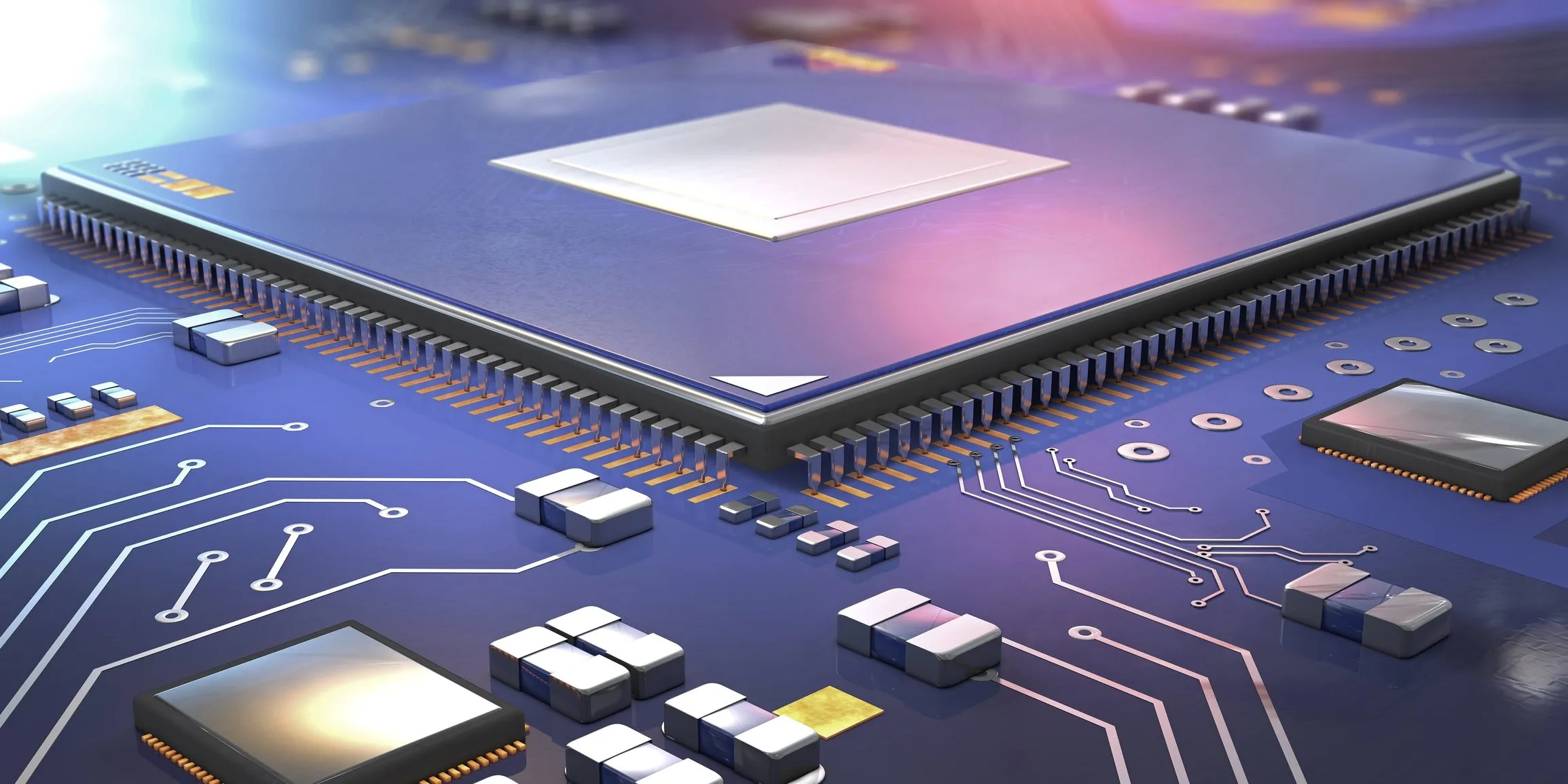.webp)
Budget 2024- Electronics Facade
Author: Elecbits
Overview
India’s 2024 budget aims to cut reliance on Chinese electronics, but significant challenges persist. Understand China's dominance in the supply chain and explore strategies for India to enhance domestic manufacturing and reduce dependence. The key question is whether India can achieve true self-reliance.
The FM’s 2024 budget aims to cut out electronics dependence on China, but why does CII believe this plan might not work?
India’s Finance Minister, Nirmala Sitharaman, unveiled the 2024 budget with a clear focus on cutting down the country's dependence on China for electronic components. While the intention behind this move is strong, industry experts, including those from the Confederation of Indian Industry (CII), have raised concerns about the feasibility of this plan.
With 62% of India's electronic component imports coming from China, the electronics industry’s reliance on Chinese imports is undeniable and deeply ingrained. If tomorrow, China decides to halt its exports to India, the electronics industry could perish. In this situation there are many lingering questions, the prominent one is:
Should India continue its reliance on China, risking the stability of its electronics sector, or should the country seek a more self-reliant path?
Well to answer that, firstly it’s important to understand the magnitude of the challenge. Analyze how China has come to dominate over 60% of electronics manufacturing in India and 33% globally.
China’s Dominance on the Electronics Supply Chain
Let’s understand how China dominates electronics supply chain and maintains it’s position as a manufacturing powerhouse with a practical example.
Just before the iPhone’s launch, Steve Jobs decided to switch from a plastic to a glass screen. This led his team on a search for a glass-cutting factory that could provide ample glass for testing and engineers to make it happen.
A Chinese company swiftly responded by building a new factory and supplying both large quantities of glass and round-the-clock engineers. Within a month, they perfected the process and delivered the first screens to Foxconn, where 10,000 iPhones were assembled by 8,000 workers in just a few hours.
Had Apple used traditional methods, hiring 8,700 engineers would have taken nine months. However by collaborating with China, they completed the project in just 15 days.
This example highlights how China’s ability to provide a one-stop solution makes it a formidable force in global electronics manufacturing. It includes a robust ecosystem of mid-level engineers, a flexible workforce, and massive factories.
You see how China has circled all around the supply chain economy.
Need a thousand PCBs? There’s a factory down the block. Integrated circuits? Next door. Custom LEDs? Done in a few hours. They bascially control the entire supply chain.
China's lightning-fast capabilities make it a manufacturing powerhouse.
Why India Should Strive for Self-Reliance?
Given China’s swift capabilities, it’s tempting to question why India should strive for self-reliance when importing from China gets the job done so quickly. However, continued reliance on China leaves India vulnerable to supply chain disruptions, with China holding the power to influence the industry at its discretion.
This is why the Indian government is pushing for domestic manufacturing in electronics and backing the "Aatmanirbhar Bharat" (self-reliant India) campaign.
But the question remains, how can India realistically reduce its dependence on China?
Move Towards Reducing Dependence on China
Reducing India’s reliance on Chinese electronics imports is easier said than done. The answer lies in a multi-faceted approach that strengthens domestic manufacturing, diversifies supply chains, and promotes innovation.
Boosting Local Manufacturing:
India can bridge the gap by investing in new production facilities and supporting local companies with incentives. By ramping up domestic production, India can gradually reduce its reliance on Chinese components.
Facilitating Research and Development:
Strengthening the R&D sector in electronics is crucial. This involves creating a skilled workforce and establishing innovation hubs to advance electronics manufacturing capabilities within India.
Diversifying Supply Chains:
India must explore partnerships with other countries and seek alternative suppliers to reduce its dependence on any single source. Diversifying the supply chain will provide greater resilience against external shocks.
Attracting Investment:
Investment is another cornerstone of this strategy. Attracting both domestic and international investors to India’s electronics sector is essential for providing the necessary capital for growth and innovation. Government initiatives to support these investments can further bolster this effort.
Following this approach will gradually break our dependency. Even Apple has begun assembling iPhones in India, with around 14% of their flagship devices now assembled there. This shift shows how companies are starting to reduce their reliance on China.
A Strategic Approach for India’s Electronics Future
India has made efforts in the past to reduce its reliance on China. For instance, in 2020, the government required approval for any Chinese foreign direct investment (FDI) and banned multiple Chinese apps during border clashes.
However, these measures have not significantly reduced dependence. In FY24, India still faced a trade deficit of around $85 billion with China.
The reality is that China is a formidable competitor that cannot be easily displaced. While India’s journey toward self-reliance in electronics will be challenging and gradual, it is necessary for the country’s long-term stability and growth.
India will not become self-reliant overnight, but with a strategic approach that includes boosting local manufacturing, enhancing R&D, diversifying supply chains, and attracting investment, India can reduce its dependence on China.
The journey may be challenging, but it is a crucial path toward positioning India as a key player in the global electronics market.

